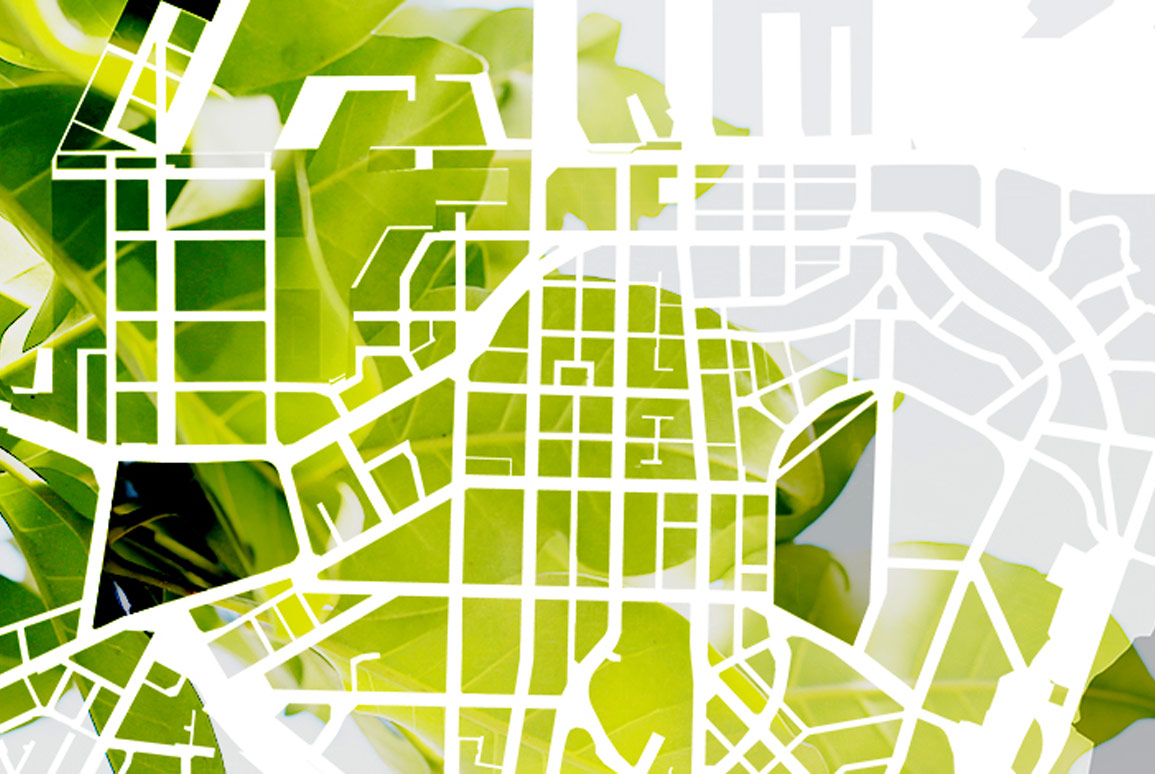Focus on our 50th: Moving forward as we look back
16 March 2022
Urban designer and Boffa Miskell Partner Stuart Houghton reflects on the company's fundamental belief in nature-based solutions to address on-going forces of change.

A 50-year milestone deserves a moment’s reflection amongst the on-going busyness of consultancy. It’s an ideal time to not just look back; but forward, with an eye to the future. This year seems particularly momentous as we consider the wide-ranging change occurring across all areas of environmental planning and design.
In 1969, landscape architect Ian McHarg published his seminal text Design with Nature. It would become one of the leading references of its time and encapsulated a new approach to environmental planning and design, with nature-based systems to be applied at sites and scales right up to entire regions. By “design with nature” McHarg meant giving careful regard to the ecology and the character of the landscape through the ways we inhabit and modify the environment around us. He made the case that, with this regard, both urban areas and productive rural areas could avoid major natural hazards and transition to becoming truly regenerative.
As interested in people as the environment, McHarg also believed that by living with, rather than against, the powerful forces of the natural world, communities could gain a stronger sense of place and identity — concepts that have become embedded into contemporary understandings of sustainability.
Three years later in Christchurch, Frank Boffa established what would become Boffa Miskell. The company’s origins are closely tied to the early days of the landscape architecture profession in New Zealand, and clearly linked to the global rise of the wider environmental planning movement of the 1960s and 70s that the McHargian approach exemplified.
These roots provided the foundation for an inter-disciplinary company that has grown and evolved over the past five decades; and they also, I believe, equip Boffa Miskell with a unique set of skills and perspective to address the next-generation forces of change we now face.
Resource Management Act (RMA) Reforms introduced last year — enacted through the Natural and Built Environments Act, the Climate Adaptation Act and the Strategic Planning Act — signal a resurgence in integrated spatial planning at the regional scale and a range of time horizons. All of this represents a significant change to the way we plan.
Viewed together and seeking to join up the bigger picture, this package of reforms provides a very different frame for the long-term planning of communities and environments all across Aotearoa.
What we plan for is also quickly shifting: climate change and biosecurity imperatives, our ambitious Predator Free 2050 conservation goals, and the prospect of wide-ranging land use change as climate impacts different regions in different ways. This clearly adds up to consequences across the full spectrum of natural, rural and urban environments and the networks that sustain them.
Just as we have seen a resurgence in joined-up urban planning, we need to put a new and much greater emphasis on regional planning and rural planning: addressing the future of rural land management and productive land-use change — mapping out what a redistributed landscape matrix of regenerative agriculture, silviculture and horticulture looks like in time, as well as space; and in ways that are much more integrated with natural and urban systems.
Within urban environments, we already see accelerated moves towards more compact and connected forms of living. The COVID lockdown experience brought a new understanding of the benefits of living more locally — the Complete Communities concepts of the 15 Minute City and so on — and a lived experience of what we lack, and need more of, at a neighbourhood scale to reduce our collective carbon footprints. Lockdowns also made clear that not every neighbourhood has the same starting point in terms of its current provision — including the kit of social and cultural soft infrastructure, as well as the hard stuff. These inequities need to be addressed.
The role of transport is also fast-evolving. It is likely there will soon be an official government policy position that actively seeks to reduce the amount of vehicle kilometres travelled. This will be one of the clearest paradigm shifts yet that we have moved away from the old “Automobility = Social Mobility” mantra that underpinned much of transport investment during the last century.
In addressing all these changes, there must remain a central focus on people. At Boffa Miskell we encapsulate and acknowledge this with our Purpose Statement: Together | Shaping Better Places. This points to the “design” part of McHarg’s Design with Nature — as humans we have the creative agency to harness change and intervene for the better. The designers amongst us bring an inherent optimism to what we do, and this belief in our collective creative ability to better ourselves always underpins how we approach the future.
There is much to be done, and as individuals and as a company we will not rest on our laurels. In the past year, Boffa Miskell has added new lead role appointments in Climate Change, Engagement, and Integrated Transport Planning to strengthen our services and position us to continue a progressive, joined-up approach to finding integrated solutions to future challenges.
Joining the dots between the big forces of change; bringing together diverse gatherings of people and strands of knowledge in ways that support progress towards the future that communities have identified they want — this is the stuff that has always motivated us at Boffa Miskell.
I believe we are very well placed to stride confidently into the future, continuing to make leaps and bounds over the next 50 years in our on-going endeavours to seek integrated, nature-based solutions; and, together, shape better places for people and the environment in Aotearoa — this very special place we all call home.

